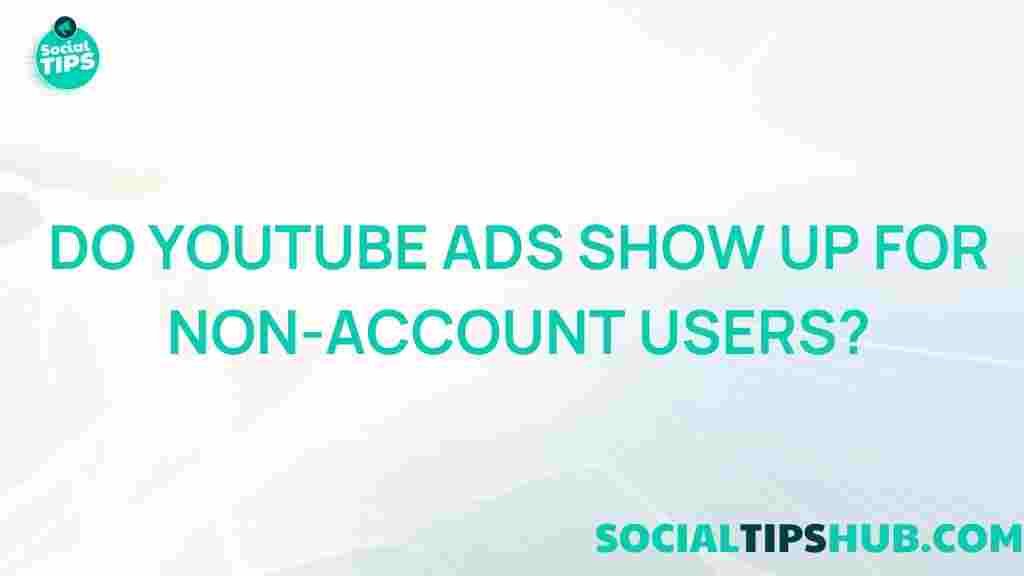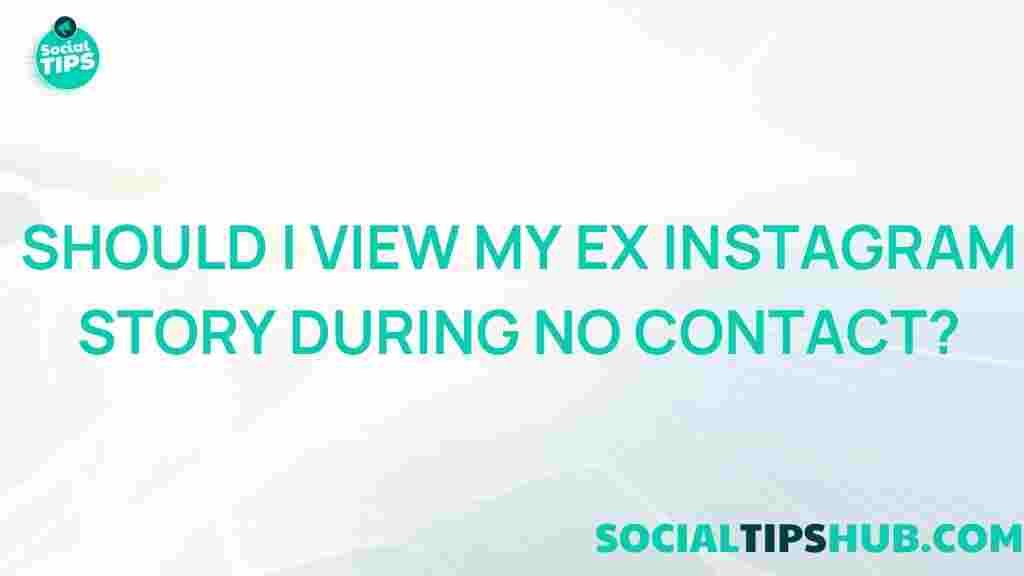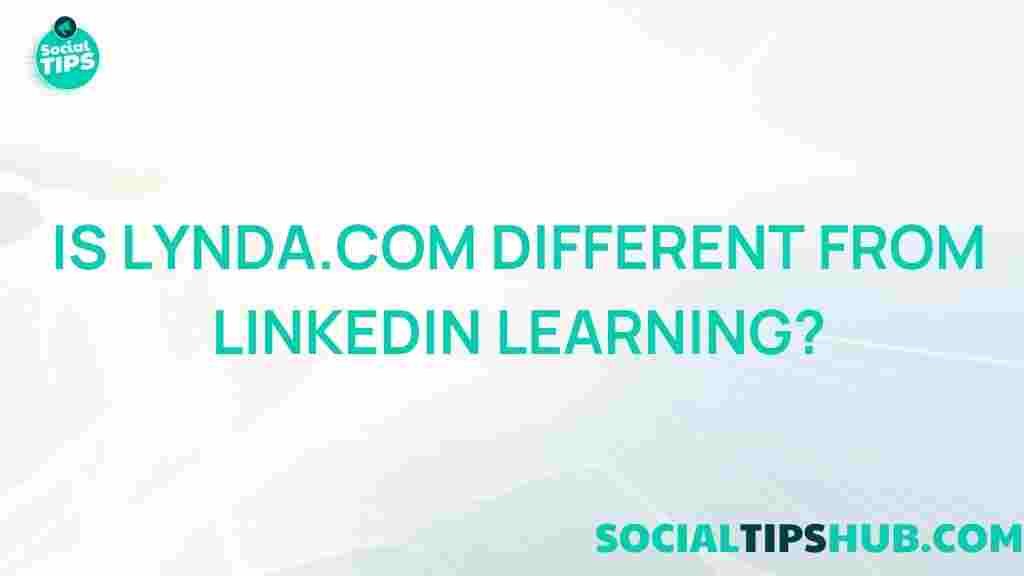Unveiling the Mystery: Do YouTube Ads Reach Non-Account Users?
YouTube is one of the most popular platforms for video content, with billions of users globally. For businesses, YouTube offers a prime location to advertise, reaching a vast and diverse audience. However, an often-debated question is whether YouTube ads are shown to non-account users, those who watch content without signing in. Understanding this distinction is crucial for advertisers who want to maximize their reach and optimize their ad spend. In this article, we’ll dive into the complex workings of YouTube ads and explore if they indeed reach users who aren’t signed into an account.
Understanding YouTube’s Advertising System
YouTube’s advertising model is built on targeting. Ads can be displayed based on user demographics, interests, browsing history, and specific behaviors. Google, YouTube’s parent company, relies on data to deliver targeted ads, aiming to reach the right audience at the right time. This ad targeting is highly effective for account holders but raises questions about its efficacy for users who don’t sign in.
When a user is signed in to a YouTube account, Google can use a plethora of data points to serve ads tailored to that individual. For example, they can consider:
- Search history
- Watch history
- Interests based on YouTube and Google activity
- Age, location, and device type
However, for users who aren’t logged in, the system relies on limited data such as location, device type, and potentially browsing history (depending on cookies and privacy settings). So, do YouTube ads still reach this group effectively? Let’s explore the answer.
Can YouTube Reach Non-Account Users?
YouTube can indeed serve ads to users without an account or those not signed in. However, the level of targeting and personalization differs significantly compared to account holders. For non-account users, YouTube utilizes a few key data points:
- Location-based targeting: YouTube uses IP addresses to determine a user’s approximate location. While not as precise as GPS-based location tracking, IP addresses provide regional data for ad delivery.
- Device-based targeting: Ads can still target the device type (smartphone, tablet, desktop), enabling advertisers to tailor their ads for specific devices.
- Browser cookies: Cookies allow YouTube to gather some browsing history for those who accept cookies. This data, though less comprehensive than a signed-in profile, provides a basis for showing relevant ads.
In summary, non-account users still encounter YouTube ads, but these ads may be less personalized than those shown to account holders. Google leverages whatever data it has to deliver ads, although the targeting is relatively basic.
Types of YouTube Ads and How They Impact Non-Account Users
Let’s break down the types of YouTube ads and how they apply to both account holders and non-account users.
1. Display Ads
Display ads appear next to the video player on desktops and laptops. These ads are often image or banner-based, and while they’re visible to all users, they may not be highly personalized for non-account users. Display ads can target general audience segments based on the video content itself, which is suitable for non-personalized ad delivery.
2. Overlay Ads
Overlay ads are semi-transparent banner ads that appear on the lower 20% of a video. These ads can still reach users who aren’t signed in since they target the content and video context more than the user. Overlay ads are an effective way to reach viewers passively and are more about placement than personalization.
3. Skippable Video Ads
These ads appear before, during, or after a video and are skippable after 5 seconds. For non-account users, skippable ads rely more on general targeting such as location and device. If the video content aligns with the ad’s theme, YouTube’s algorithm can choose to display skippable ads based on broad relevance, making them suitable for reaching users with minimal data.
4. Non-Skippable Video Ads
Non-skippable ads are also shown to both account and non-account users. These ads are typically more impactful since they capture the viewer’s attention for 15 to 20 seconds. With limited personalization options, YouTube may deliver these ads based on the video category or general location rather than individual preferences.
5. Bumper Ads
Short, non-skippable video ads of around 6 seconds, bumper ads are ideal for brand exposure. For non-account users, bumper ads are deployed based on general criteria such as video genre and location. Although less tailored, they’re effective for building brand awareness among non-logged-in viewers.
Targeting Options for Non-Account Users
While the data YouTube can gather from non-account users is limited, there are ways to maximize ad relevance for this audience. Here are some targeting methods that can still be effective:
- Keyword targeting: Aligning ads with keywords from video content allows ads to reach viewers based on the content they’re consuming rather than individual preferences.
- Topic targeting: Advertisers can choose topics to target ads broadly. This allows ads to reach viewers interested in a general category, regardless of account status.
- Placement targeting: Choosing specific channels or videos where ads will appear can ensure they reach audiences that align with the advertiser’s goals.
Although not as precise as targeting logged-in users, these strategies enable advertisers to reach non-account users with relevant ads.
Does Audience Engagement Differ Between Account and Non-Account Users on YouTube?
The engagement level of YouTube ads can vary significantly between signed-in and non-account users. Typically, account holders see ads more relevant to their interests, leading to potentially higher engagement rates. Non-account users, on the other hand, encounter more generic ads, which may or may not align with their preferences.
This difference in engagement has implications for advertisers, as ads displayed to non-account users might require a broader appeal. Many brands choose to focus on brand awareness campaigns when targeting non-account users, ensuring their ads have a general message that resonates with a wide audience.
Challenges of Targeting Non-Account Users on YouTube
When targeting non-account users, advertisers face several unique challenges:
- Limited personalization: As mentioned, targeting is less precise without the data collected from a logged-in account. This limits the ability to serve highly relevant ads.
- Inconsistent engagement: Generic ads often have a lower engagement rate compared to personalized ones, as they may not align with the viewer’s interests.
- Reduced conversion tracking: Without a profile, it becomes difficult to track actions or conversions effectively. Non-account users don’t provide the same depth of analytics, impacting ad performance measurement.
For advertisers who want to improve their targeting on YouTube, these challenges highlight the importance of creating broad, visually engaging ads that capture attention even without detailed targeting.
Tips to Optimize YouTube Ads for Non-Account Users
For advertisers looking to optimize their YouTube ads for non-account viewers, here are a few tips:
- Use captivating visuals: Visual appeal can help draw in non-account viewers, even if the ad isn’t fully personalized.
- Prioritize brand messaging: Ensure your ad communicates your brand’s core message clearly and concisely.
- Test different ad formats: Try skippable, non-skippable, and bumper ads to see which performs best with this audience.
Using these strategies can help advertisers make the most of their reach, even without relying on user-specific data.
Conclusion: Are YouTube Ads Effective for Non-Account Users?
In conclusion, YouTube ads do indeed reach non-account users, though with limited targeting compared to account holders. Advertisers can still use broad targeting criteria like location, device type, and content-related keywords to reach these users effectively. While the engagement and conversion rates might differ, non-account users remain an important demographic, especially for brand awareness campaigns.
For businesses looking to leverage YouTube’s full advertising potential, understanding these differences is essential. While it’s challenging to target non-account users as precisely as account holders, optimized ad formats, captivating visuals, and clear messaging can help capture this audience. You can learn more about optimizing YouTube ad strategies here.
Ultimately, a well-rounded YouTube advertising strategy takes both account and non-account users into consideration, maximizing reach while adapting to varying levels of user data.
This article is in the category Guides & Tutorials and created by SociaTips Team





